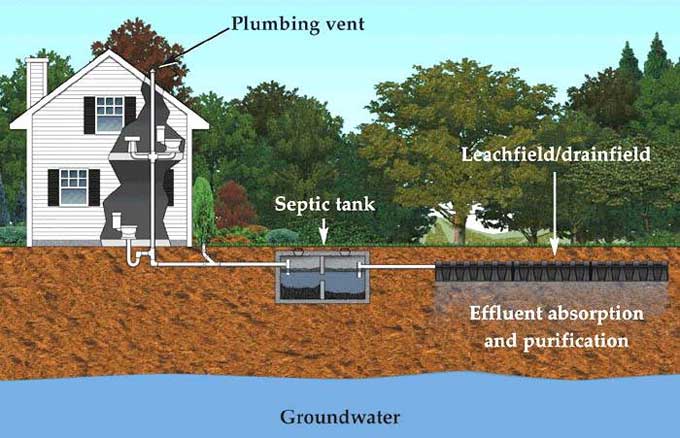
How can you maintain the Septic tank in your home?

Septic tanks are a common feature of homes, and we are all aware of how important they are to families. In India, a significant proportion of houses do not use the municipal wastewater system. It's not that they choose to install the septic tank themselves.
The majority of India, however, regrettably lacks the luxury of having sewer lines in their town or hamlet. Instead, they decide to treat the water using a septic system. It is essential to understand the routine septic tank maintenance procedures you should carry out if your property has a septic system in order to prevent clogs and leaks and increase its longevity.
Are you interested in learning more about septic system upkeep? Please read the entire essay through to the conclusion in order to learn the solution to this issue. Let's first discuss what a septic tank is in order to comprehend how to maintain one on your own.
An underwater sedimentation tank known as a septic tank is used to treat wastewater through drainage and biological decomposition. A septic tank treats wastewater from residential plumbing, including that from bathrooms, kitchen drains, and laundry, using natural processes and tried-and-true technology.
The design of a septic tank system is quite straightforward. It is a waterproof underground container composed of concrete, fiberglass, or plastic.
Sludge and scum cannot exit a septic tank and enter the drain field region due to compartments in the tank and a typical T-shaped outlet. Simple onsite sewage facilities like septic tank systems only offer minimal treatment.
Septic Tank Maintenance: What Do You Need To Know?
Keep these eight most essential septic tank maintenance tips in mind to keep it in good shape:-
Step1: Check for leaks throughout the septic system
Regular inspections are the first stage in septic tank upkeep. Strong sewage odors are released when the septic tank leaks. Because the tank is underground, it will be difficult to find any leaks. So the best time to look for leaks is when the septic tank is pumped.
Step2: Look for clogs in the leach field
The leach field might still become clogged even after minimizing the solid waste and checking the septic tank. The system could overflow during the rainy season from too much water.
Therefore, it is wise to go about the leach field during rainy weather to search for standing water and soggy ground because these are signs of a congested leach field. Red indicators include backed-up plumbing and slow-moving drains.
Step3: Perform regular septic tank pumping
Most importantly, you should have your septic tank pumped every two to five years. However, it would depend on how many people live in your house, how big your septic tank is, and what kind of waste is put into it.
Step4: Use less water and waste in the household
When it comes to maintaining a septic system, you should pay careful attention to how much and what you drain down the drain. A septic tank that receives more liquid waste than it can handle can overflow, while a solid waste piles up quickly, requiring more frequent pumping of the system.
Step5: Add an antibacterial agent
The bacteria in the tank then gradually digest the waste that is left, keeping the septic system clean and working properly. In order to prevent artificial compounds from entering your septic systems, such as soaps and detergents, it is advised to apply a bacteria additive.
The naturally occurring bacteria that support the proper operation of your septic system are killed when soaps and detergents are introduced to the septic system.
Step6: Establish a leach field and maintain it
The leach field is one of a septic tank's more delicate components. It must always be safeguarded. It is made up of several perforated pipes that span the entire length of the leach field.
Additionally, the weight from trailers and cars can harm the subsurface pipes because the leach field region is suitable for strolling on without any problems.
To learn more, watch the following video tutorial.
Video Source: Krinu
Step7: Connect an effluent filter to the septic system
To prevent obstructions that result in septic backups, an effluent filter needs to be installed. You can lengthen the life of the leach field by doing this.
In order to create a barrier that prevents particles from entering the leach field's dispersal system, filters are installed on the grease trap and the outlet of septic tanks.


